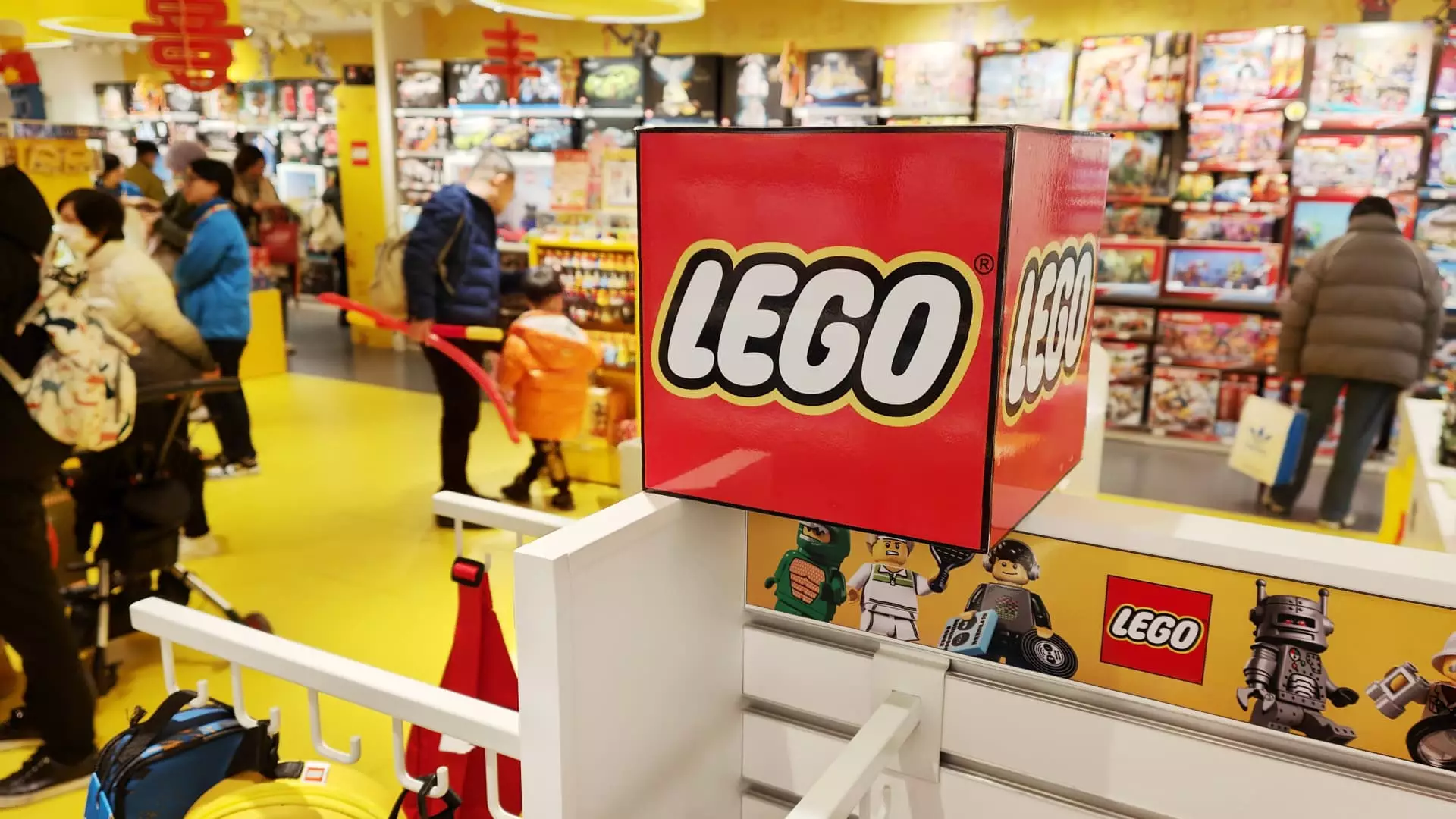The toy industry faced a significant setback in the first half of 2024 due to inflation, leading to a sales slump. However, amidst this challenging environment, Lego managed to stand out by recording a 13% increase in revenue, amounting to 31 billion Danish krone or approximately $4.65 billion. The CEO of Lego, Niels Christiansen, attributed this success to the company’s diverse portfolio, with particular strength in Lego Icons, Lego Creator, and partnership with Epic Games’ Fortnite. Unlike its competitors, Lego did not witness a decrease in volume even though consumers opted for lower-priced sets in the previous year. This year, not only did the volume remain stable, but there was also growth in volume, signaling a positive trend for the company.
In contrast to Lego’s impressive performance, other major players in the toy industry faced challenges. Mattel experienced a 1% decline in net sales, primarily due to tough comparisons with the popular “Barbie” sales in 2023. Similarly, Hasbro reported a significant 21% decrease in net revenue, attributed to the divestment of eOne. These struggles highlight the resilience and strategic approach adopted by Lego to navigate through turbulent times successfully.
Diverse Product Offerings
Lego’s continued success can be attributed to its diverse range of products that cater to both kids and adults. In addition to sets inspired by popular franchises like Harry Potter and Star Wars, Lego offers innovative design options such as building flowers, succulents, famous artworks, and animals. This strategy has resonated well with consumers in the U.S. and Europe, where sales continue to be strong. However, in China, sales have remained flat, with consumers showing a preference for lower-priced items and reduced purchasing frequency. Despite this, Lego remains committed to the Chinese market and sees long-term potential for growth in the region.
Apart from its product offerings, Lego has also focused on sustainability efforts, nearly doubling the use of renewable and recyclable materials in its bricks compared to the previous year. Christiansen emphasized the importance of investing in sustainable materials, even though they may be more expensive, as a way to incentivize suppliers to develop more eco-friendly products. Lego has absorbed these additional costs and has not passed them on to consumers, demonstrating the company’s commitment to environmental responsibility. In the coming years, Lego aims to source half of its raw materials from sustainable sources, aligning with its long-term sustainability goals.
Lego’s remarkable performance in a challenging economic environment showcases the company’s strategic vision, product innovation, and commitment to sustainability. By diversifying its product range, expanding into new markets, and prioritizing eco-friendly practices, Lego has positioned itself as a leader in the toy industry, setting a positive example for its competitors to follow.

